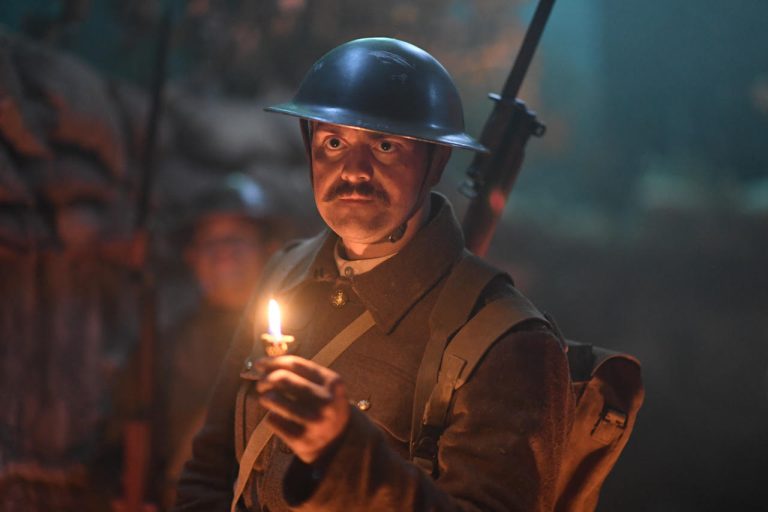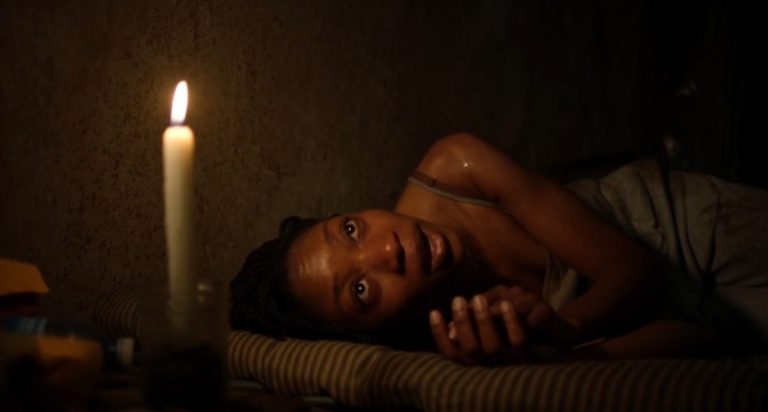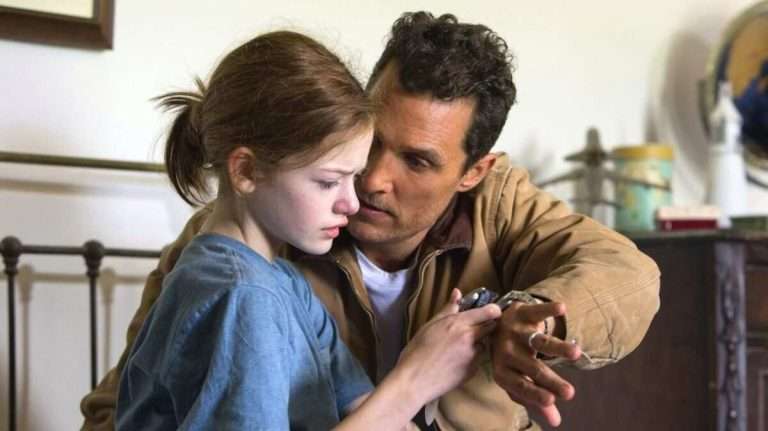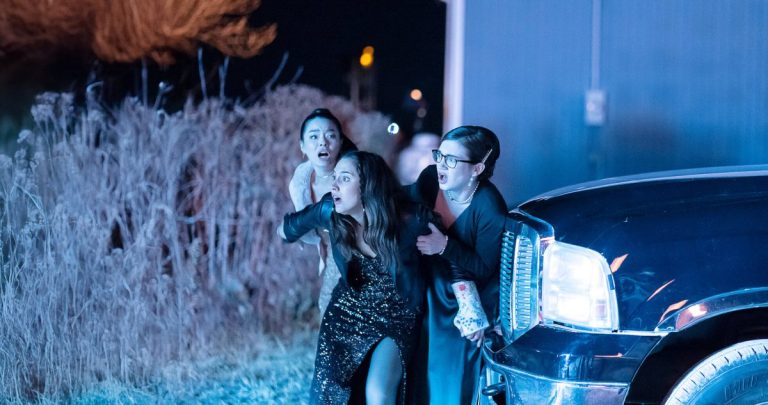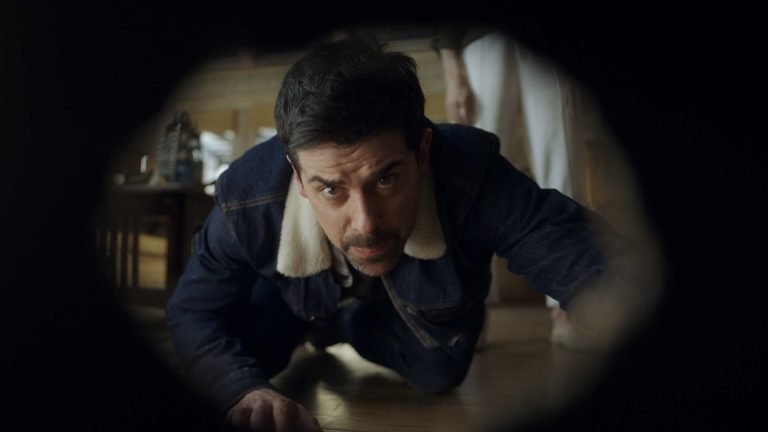The final chapter of the Millennium trilogy, The Girl Who Kicked the Hornets’ Nest (Luftslottet som sprängdes, 2009), shifts away from spectacle toward the painstaking dismantling of a corrupt system. It closes Lisbeth Salander’s long struggle for survival, autonomy, and acknowledgment of the abuse that scarred her childhood. While the earlier films cast her as prey—hunted, brutalized, and forced into the shadows—this installment allows her to strike back. At its heart, it poses a haunting question: when institutions collapse, can truth and sheer resilience still deliver justice?
Spoilers Ahead
The Girl Who Kicked the Hornets’ Nest (Luftslottet som sprängdes, 2009) Plot Summary & Movie Synopsis:
Why is Lisbeth Still a Target?
Lisbeth enters this film gravely wounded, shot by her father, Alexander Zalachenko. But her injuries are not the greatest danger. Her very survival threatens to expose the ‘Section,’ a secret faction within Swedish intelligence that shielded Zalachenko for decades. If she lives, their crimes will unravel. Evert Gullberg, one of the Section’s elders, understands this too well. He eliminates Zalachenko in the hospital, a symbolic act of cleaning up loose ends, before killing himself. Yet he fails to kill Lisbeth, leaving her alive as both victim and witness. For the Section, this survival is intolerable. They plan to use the same strategy they employed years earlier: branding her as out of control and locking her away, silenced under the guise of treatment.
How Does Mikael Blomkvist Help Lisbeth?
Blomkvist remains Lisbeth’s greatest ally and bridge to the outside world. While she is recovering and awaiting trial, he pursues evidence relentlessly, certain that the charges against her are fabricated. His loyalty is not born of pity but of respect. He recognizes that Lisbeth’s fight is not just personal but emblematic of systemic abuse of power. He persuades her doctor to smuggle in a phone, enabling Lisbeth to reconnect with her hacker ally Plague. Together, they begin dismantling the credibility of Dr. Peter Teleborian, the psychiatrist who once ‘treated’ Lisbeth by chaining her to beds for minor infractions. Teleborian represents the machinery of institutional cruelty: the language of medicine twisted into a weapon to cage the inconvenient.
What Role Does Annika Giannini Play in the Trial?
Annika, Blomkvist’s sister and Lisbeth’s lawyer, becomes the voice Lisbeth never had as a child. Her courtroom strategy is simple but devastating: use the Section’s own arrogance against them. When Teleborian paints Lisbeth as a violent criminal, Annika systematically dismantles him. She brings forward Lisbeth’s words, hospital records, and most damningly, a video showing her former guardian, Nils Bjurman, raping her. The irony is sharp: the very people who claimed Lisbeth was dangerous are revealed as predators themselves. By the time Teleborian is exposed, first for fabricating diagnoses under orders, then for hoarding child pornography, Lisbeth’s silence in court becomes powerful. She doesn’t need to defend herself. The truth, once hidden, now speaks louder than her defiance ever could.
What Happens to Ronald Niedermann?
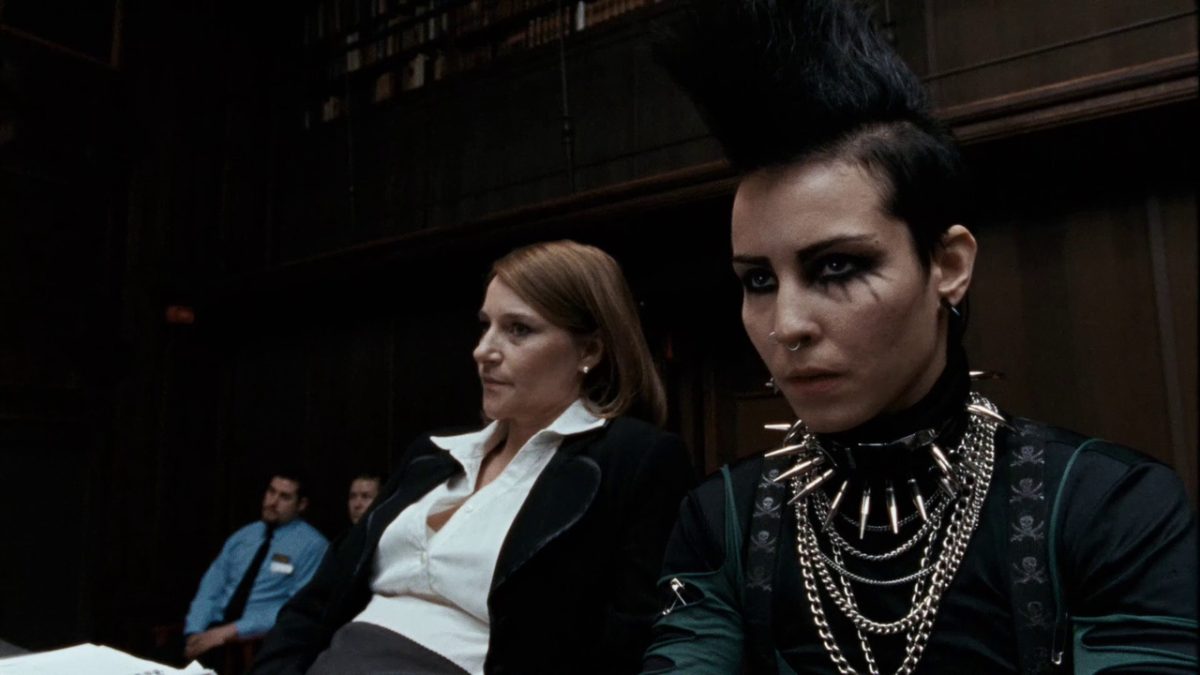
Zalachenko’s son, Ronald Niedermann, embodies the physical threat Lisbeth has always faced. A violent enforcer with congenital analgesia, he is incapable of feeling pain and thus nearly unstoppable in combat. Yet his fate is not decided in courtrooms but in the shadows. When Lisbeth finally confronts him in a warehouse, she refuses to be the hunted. Her use of a nail gun to pin his feet to the floor is symbolic; she immobilizes the monster who once seemed untouchable. But instead of executing him, she calls both the biker gang seeking vengeance and the police. In this act, Lisbeth asserts control without becoming an executioner. Justice, not revenge, is her chosen endgame.
How Does the Section Fall?
The downfall of the Section occurs not with explosions or assassinations, but through exposure. Blomkvist’s investigations, Giannini’s courtroom strategy, and Plague’s hacking converge to strip the Section of its secrecy. Arrests are made, their operations dismantled. For decades, they thrived in shadows. By the end, they are dragged into the light, their power undone not by force but by truth.
The Girl Who Kicked the Hornets’ Nest (Luftslottet som sprängdes, 2009) Movie Ending Explained:
Does Lisbeth Finally Find Justice?
Yes, Lisbeth finally gets her vindication, not simply freedom from false accusations, but recognition of the injustice that has been done to her since childhood. At the trial, she is exonerated, the Section is dismantled, and Teleborian is revealed to be the predator he actually is. But the ending is not triumphal in the conventional sense. Lisbeth is free, and yet she carries her scars with her. She goes to the property she inherited from her dad, and stands there at the charred remains of the house of her family, and for the last time, confronts Niedermann. And with Niedermann’s destruction, she puts an end to the violence, victimization, oppression, and fear that her family had made in their wake.
Her reunion with Blomkvist is quiet and solemn. They are not lovers, but they share respect for one another, for a commitment to truth. Upon saying goodbye, Lisbeth walks into a space created by her own choices and leaves behind the one imposed upon her by others. She is free, but she knows she will carry the legacy of the struggles it took to get her there. Lisbeth’s story is not finished by an ending tied up with idealism and peace. It is an ending tied to autonomy. After living for years in silence, in cages defined by more powerful individuals, she found her voice again. And in the world of “The Girl Who Kicked the Hornets’ Nest,” that is as close as one can come to justice.

